Whale Watching Tips
By Raphael Fennimore of Gotham Whale.
This article aims to provide a basic introduction to whales for small-ship cruisers visiting some of the world’s top spots for whale watching. The article describes some common types of whales and where you’ll likely see them.
What is a Whale & Where are They Found?
Whales are a truly amazing group of large marine mammals classified into the biological Order of Cetacea, a group that also includes dolphins and porpoises.
With approximately 90 unique species, cetaceans are found throughout the world’s oceans — from the warm tropical seas, to the icy poles, coastal areas and the very centers of every ocean basin.
Some of the popular small-ship cruising regions for whale watching include New England, St. Lawrence Seaway, Sea of Cortez, southeast Alaska, western Scotland, southwestern Greenland, Antarctica, South Africa, New Zealand’s South Island, eastern Australia and the Hawaiian Islands.
RELATED: A Lindblad Expeditions cruise in the Sea of Cortez. by Peter Knego.
RELATED: Whale populations in New York harbor are booming—here’s why. by Simon Worrall.
Due to the very large number of cetacean species and their truly global distribution, this brief whale watching tips article will focus on only the most common cetaceans which small-ship cruisers are likely to encounter on their expeditions.
Whale Watching Tips: Two Categories of Whales
Whales can be divided into two categories — toothed whales and baleen whales.
Toothed Whales:
- Have teeth
- Hunt relatively large, singular prey
Examples of toothed whales include the sperm whale, known to hunt giant squid, and the orca (“killer whale”), known to hunt seals, sharks, and even other whales.
Other toothed whales include pilot whales, the beluga whale, the narwhal (with its famous spiraling “horn,” which is actually a tooth), and all of the dolphins, porpoises, and the little-known “beaked whales.”
Baleen Whales:
- Do not have teeth
- Use rows of “baleen,” which look like the bristles of a brush, in their mouths to filter large amounts of seawater for numerous small prey, such as small fish or krill (a type of tiny shrimp)
Examples of baleen whales include the humpback whale, blue whale, fin whale, right whales, minke whales and others.
Whale Watching Tips: Identifying the Common Types
If you think you see a whale while on a cruise, keep an eye on it. Alert a member of the crew so the captain can slow down or perhaps stop the vessel and an onboard naturalist can help you identify the species and characteristics.
Like us humans, whales are mammals, and so they breathe air directly from the atmosphere using their lungs (unlike fish, which use gills to filter air molecules out of the water, with the exception of the lungfish).
This means that whales must be at the surface to breathe, and when they exhale, you can often see, hear, or possibly even smell their cloud-like “spout” that quickly rises vertically up into the air.
This spout, or “blow,” is often the first thing observed when looking for whales. Whalers famously used to cry out ‘thar she blows!’ when they sighted this familiar rising cloud, which also resembles a puff of smoke.
In fact, it is sometimes possible to identify a whale’s species based only on seeing a spout. For example, blue whales have very tall spouts (over 30 feet!), right whales have V-shaped spouts, and sperm whales have spouts that are aimed forward and to the left.
If you get close enough to see the whale’s body, then there are several features that you can look for to try to identify the type of whale that you are observing. Note the whale’s approximate size; its color and coloration pattern; the size, shape, and number of its fins; and the place, date, and time where you saw the whale. For more precise identification later, take photos or video of the whales you spot.
Consider sharing your data with “citizen science” organizations highlighted at the end of the article, including Gotham Whale and Happywhale.
To help in your whale identification, below are basic descriptions of some of the most common whales, including details about their size, defining characteristics, and areas in which they can be found.
Blue Whale
| Size: | Up to 100 feet, over 200 tons |
| Description: | Very long and slender body; small dorsal fin; blue or blue-gray mottled skin coloration; underside can appear yellow |
| Distribution & Habitat: | Global, but not as frequently found in the tropics; solitary; prefers deep waters |
| Behaviors: | Swimming at surface; filter feeding; rare other surface activities |
Fin Whale
| Size: | Up to 85 feet, over 80 tons |
| Description: | Very long and slender body; dorsal fin present; gray and black coloration; underside white; light-gray chevrons often behind the head; bottom jaw is white on the right and dark on the left |
| Distribution & Habitat: | Global but not as frequently found in the tropics; prefers deep waters |
| Behaviors: | Fast swimming at surface; filter feeding; rare other surface activities |
Humpback Whale
| Size: | Up to 60 feet, 40 tons |
| Description: | Predominantly black with varying levels of white on underside, on pectoral fins, and on underside of tail; bumps on head; dorsal fin present; individuals have unique dorsal fin shapes, patterns on the underside of their tails, and shapes of their tails (try to photo!) |
| Distribution & Habitat: | Global; highly migratory; distinct populations; generally give birth in warm regions and migrate to colder regions for feeding |
| Behaviors: | Jumping out of the water (‘breaching’); flipper slapping; tail slapping; interesting feeding behaviors such as bubble net feeding |
Orca (“Killer Whale”)
| Size: | Up to 32 feet, 6 tons |
| Description: | Black with white undersides; white eye patches; gray or white ‘saddle patch’ behind dorsal fin; individual orcas have unique dorsal fin shapes and saddle patches |
| Distribution & Habitat: | Global but less frequently in tropics; distinct ecotypes and populations; hunt in social pods; can be coastal or offshore |
| Behaviors: | Jumping out of the water (‘breaching’); sticking their head out of the water (‘spy-hopping’); tail slapping; many interesting group feeding and hunting behaviors |
Sperm Whale
| Size: | Up to 65 feet, 60 tons |
| Description: | Dark gray body; large rectangular head (1/3 of their body length); thin lower jaw full of large teeth; dorsal fin present; crenulations (bumps) in a line down the back behind the dorsal fin |
| Distribution & Habitat: | Global; prefer deep water for hunting |
| Behaviors: | Swimming; rare other surface activities (breaching, tail slapping) |
Dolphins
| Size: | More than 40 species, great variation; 4 – 13 feet, 85 – 1100 pounds |
| Description: | Much variation. Can be solidly colored light to dark gray, pink, black and white, or can be a mixture of these colors in vibrant, streaking patterns. Some have distinctive spots, stripes, or scratches/scars. |
| Distribution & Habitat: | Global, found in shallow waters and far offshore. Typically social and found in groups of a few to over a thousand |
| Behaviors: | Swimming; hunting; jumping out of the water (breaching); and more |
Learning More: How Can I Help Whales?
To learn more about the whales and dolphins travelers are likely to encounter on a small-ship cruise, here are some great resources and very worthy organizations that rely on public donations to operate, including:
National Oceanic and Atmospheric Administration (NOAA)
Mission: “NOAA is an agency that enriches life through science. Our reach goes from the surface of the sun to the depths of the ocean floor as we work to keep the public informed of the changing environment around them.
From daily weather forecasts, severe storm warnings, and climate monitoring to fisheries management, coastal restoration and supporting marine commerce, NOAA’s products and services support economic vitality and affect more than one-third of America’s gross domestic product…”
 Whale SENSE
Whale SENSE
Mission: “Whale SENSE is a voluntary education and recognition program offered to commercial whale watching companies in the U.S. Atlantic and Alaska Regions. The program is sponsored by NOAA Fisheries and Whale and Dolphin Conservation. Developed in collaboration with the whale watching industry, Whale SENSE recognizes whale watching companies committed to responsible practices…”
Gotham Whale
Mission: “To study, advocate for, and educate about the whales and marine mammals of New York City, through Citizen Science…Citizen Science is a movement to include average citizens in scientific research allowing them to make systematic observations, to collect and process data, and provide general support for scientific study. The Audubon Society’s Christmas Bird Count, running since 1900, is an excellent example. Gotham Whale will emulate that model with the vast citizen pool that is New York City.
The whale watching activities of the American Princess and other boatmen provide a platform to collect data and make observations. The many eyes of the pubic make sightings more probable. Gotham Whale will serve as a depository for that data…”
Happywhale
Mission: “Happywhale inspires kinship between humans and marine life through whale citizen science.
Happywhale tracks individual whales throughout our world’s oceans. We believe that whale watching guides, naturalists and passengers are vital to our understanding of whales. Scientists can only be in one place at one time; by harnessing the power of millions of whale watching enthusiasts, we can expand our scientific knowledge exponentially.
Our platform empowers whale watchers to photograph whales and tell their stories…”
The Society for Marine Mammalogy (SMM)
Mission: “To promote the global advancement of marine mammal science and contribute to its relevance and impact in education, conservation and management…”
More about Raphael Fennimore
Raphael recently joined Gotham Whale after helping run the world’s oldest whale/dolphin/porpoise conservation group, The Society for Marine Mammalogy. He also worked in the UK in 2019 on the World Cetacean Alliance’s “Global Best Practice Guidance for Responsible Whale and and Dolphin Watching.” The detailed paper is geared to whale- and dolphin-watching boat operators and guides, but may also be of interest to any whale and dolphin enthusiasts.
Raphael is an IAATO-certified Antarctic Peninsula field guide and most recently helped lead an 80-guest “Whales in Antarctica” expedition in Feb/March (2019) with Cheesemans’ Ecology Safaris.
“I am a very passionate believer in the small cruise experience!!” —Raphael Fennimore
Don’t miss a post about small-ship cruising, subscribe to QuirkyCruise.com for monthly updates & special offers!
© This article is protected by copyright, no part may be reproduced by any process without written permission from the author. All Rights Reserved. QuirkyCruise.com.

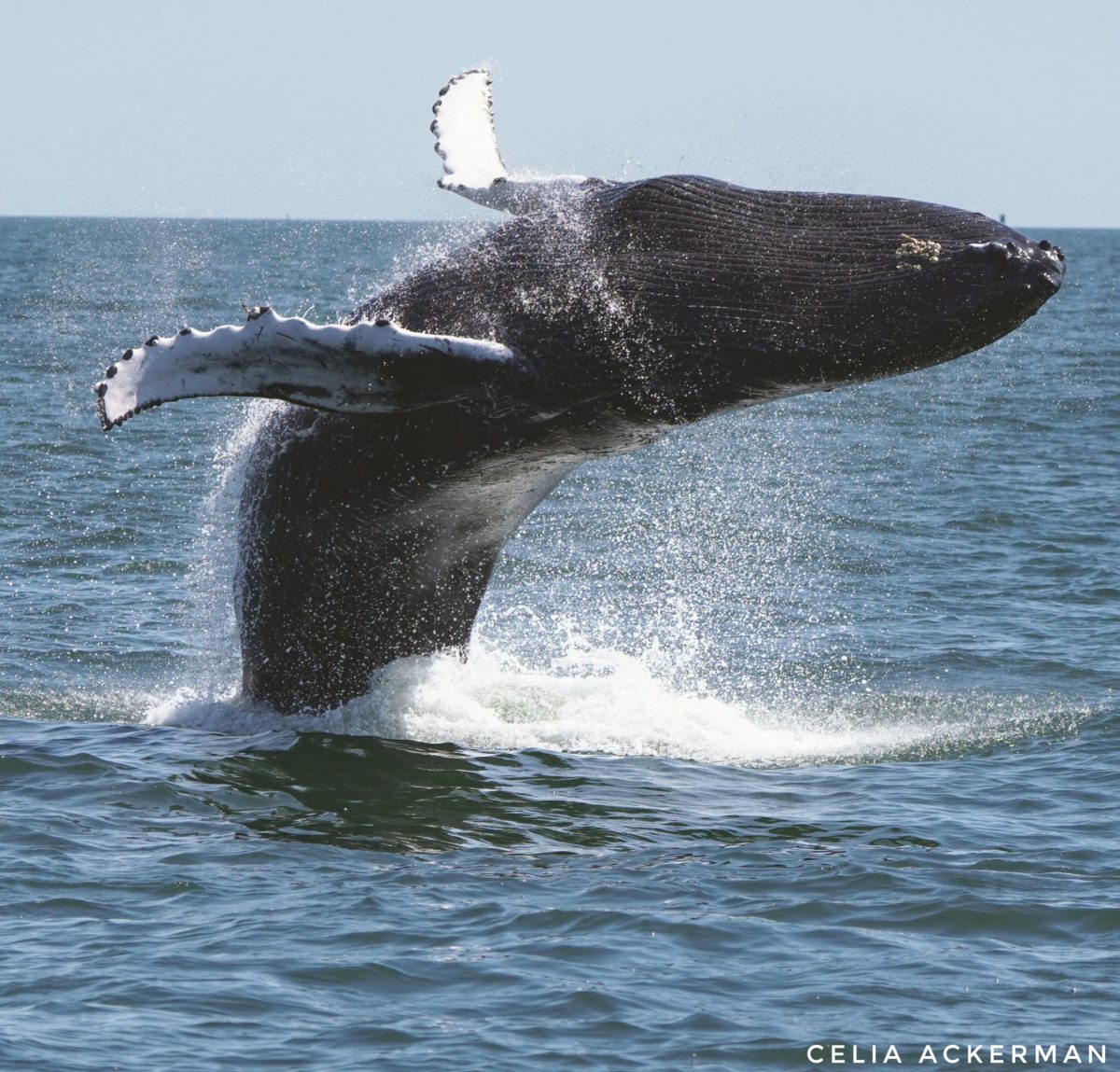

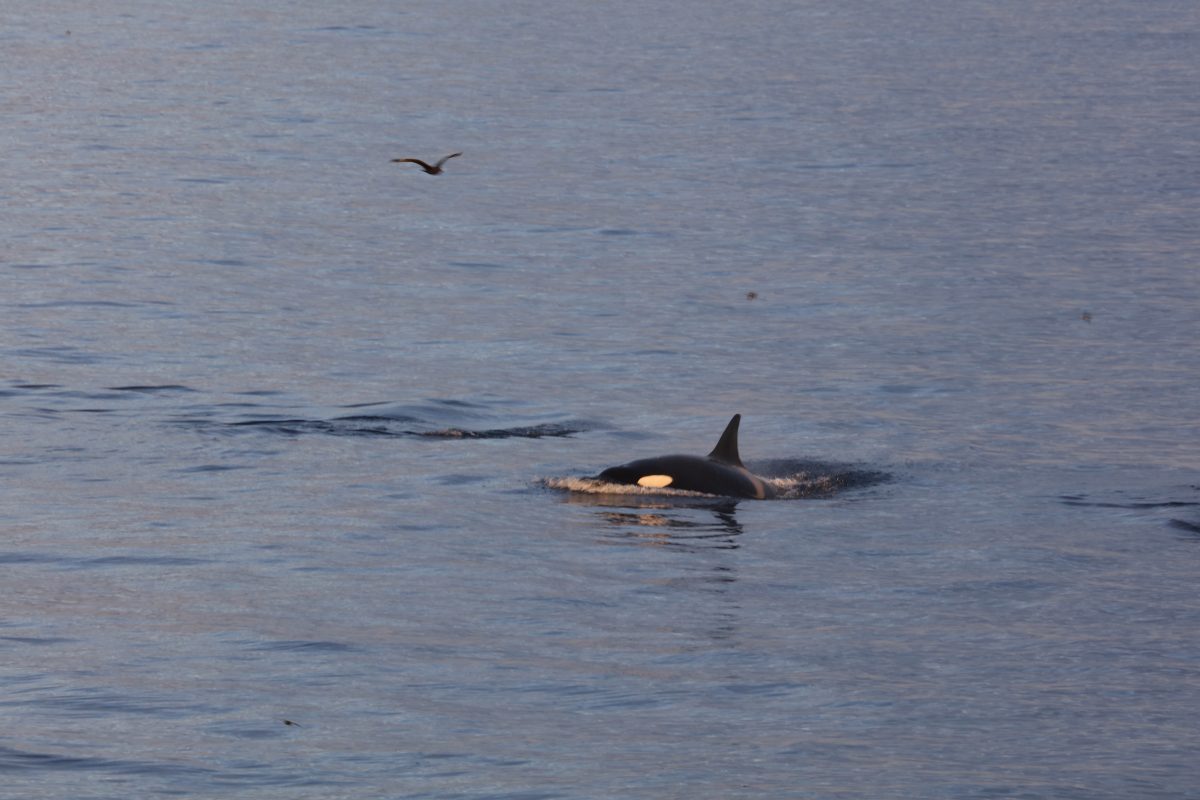
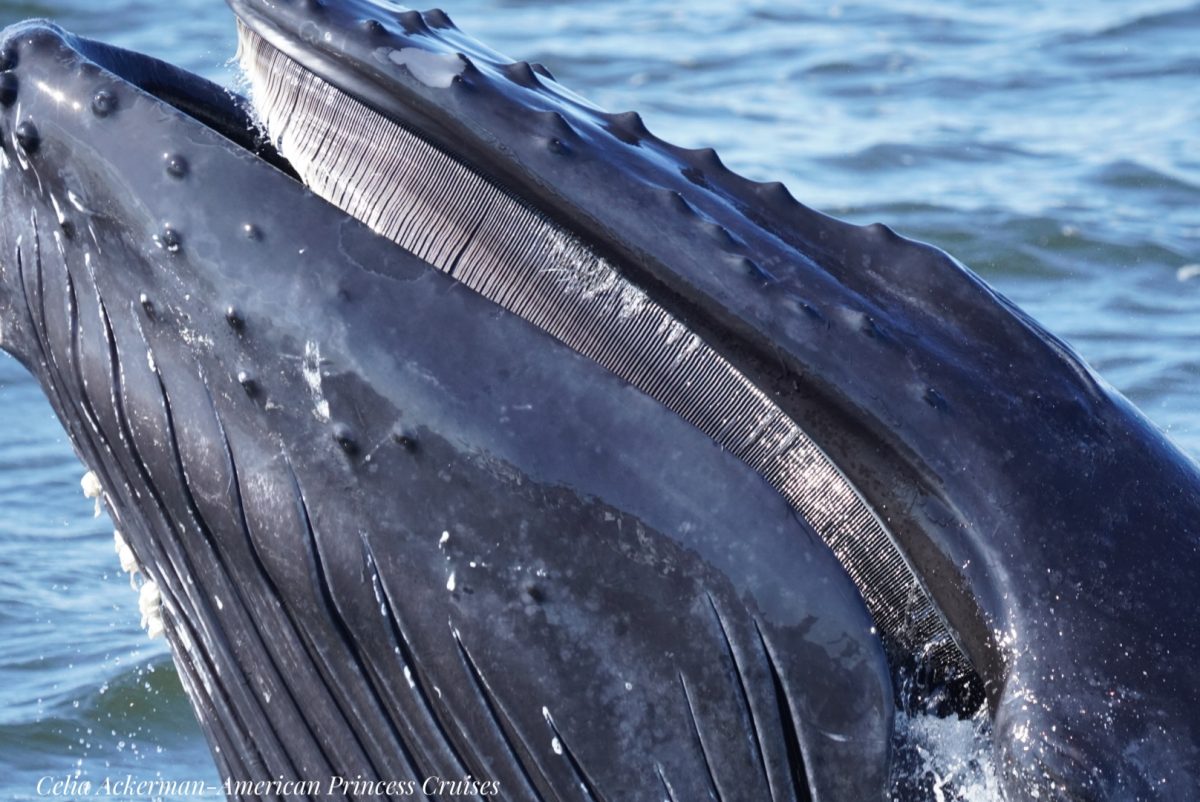
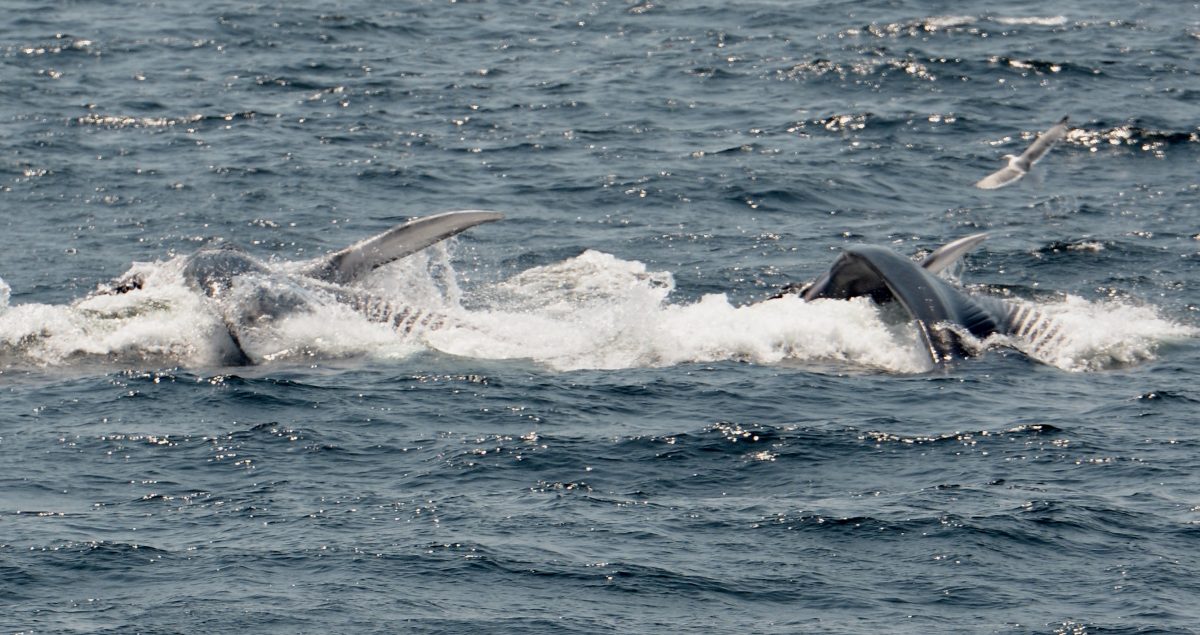
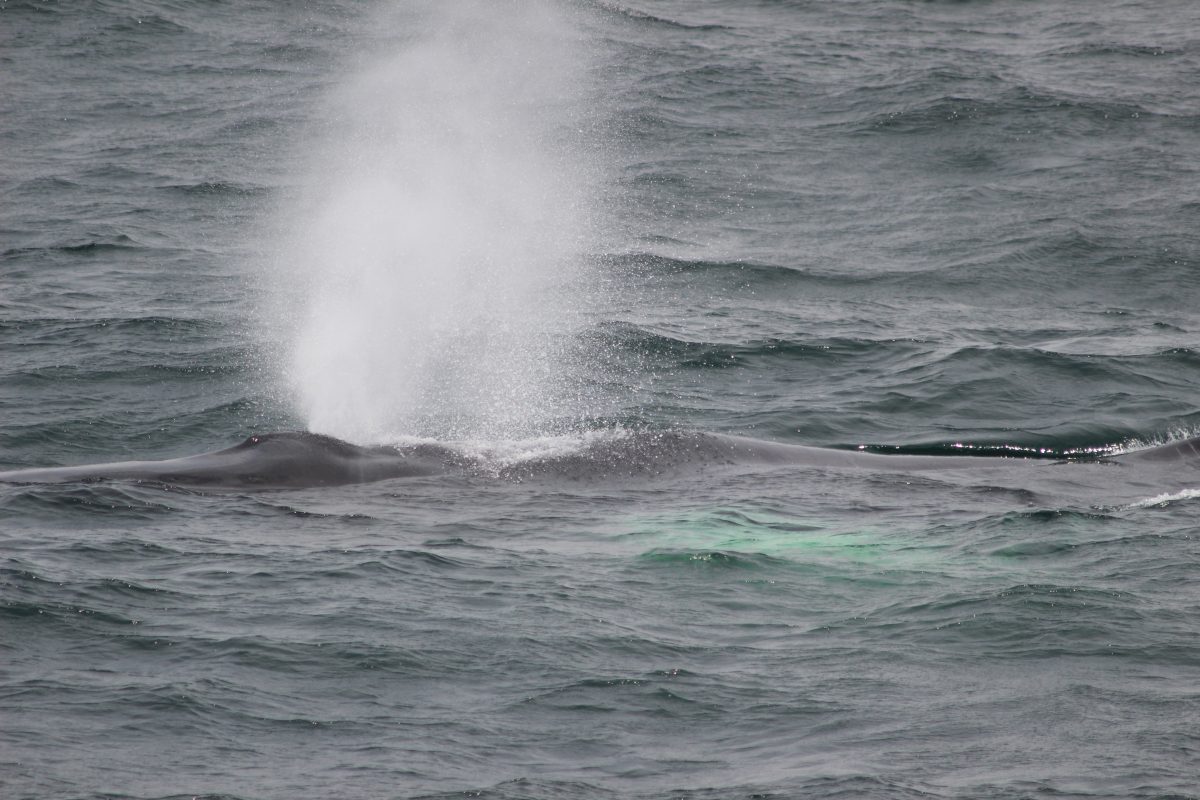
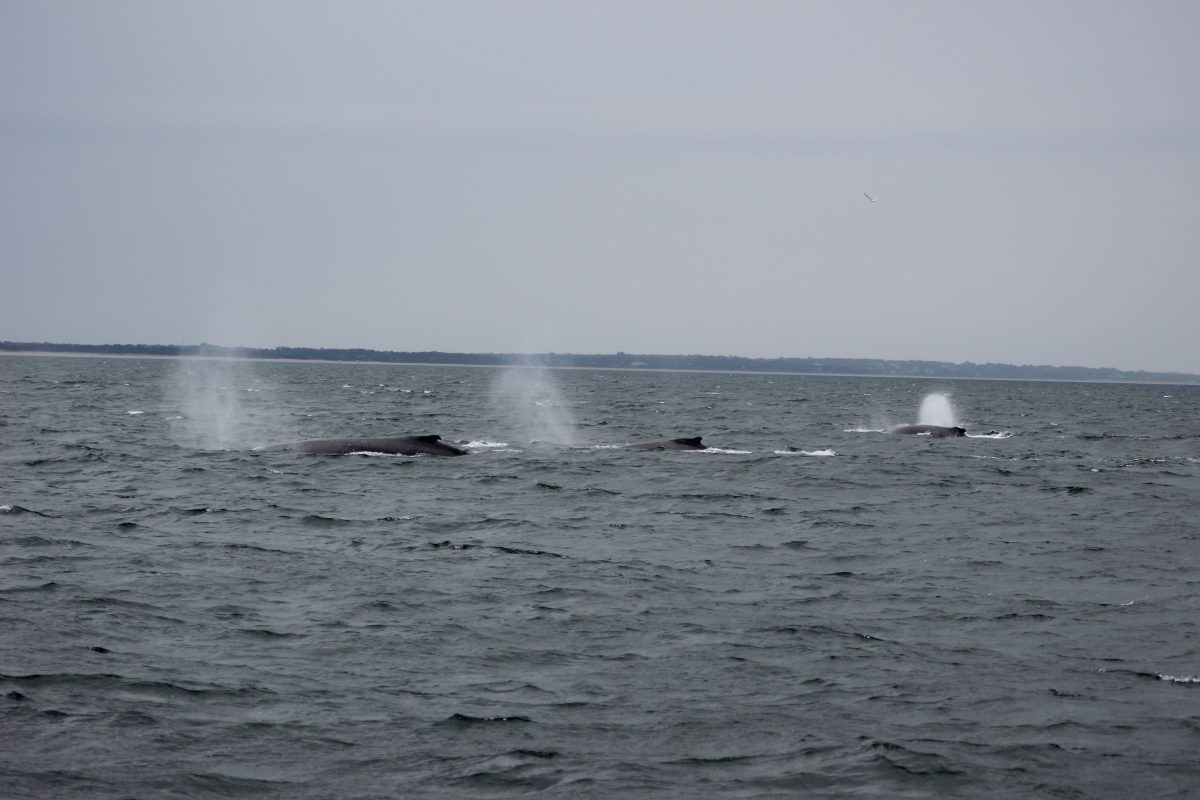
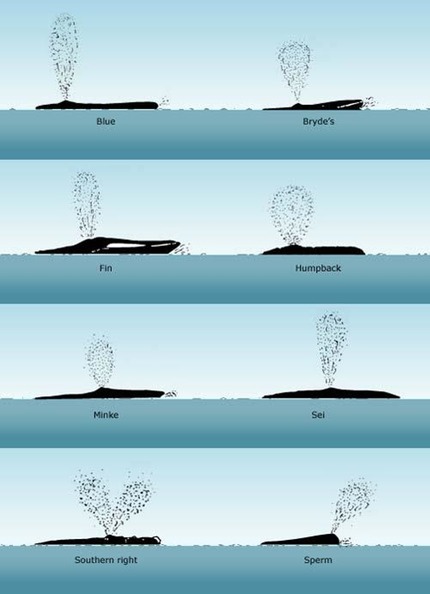
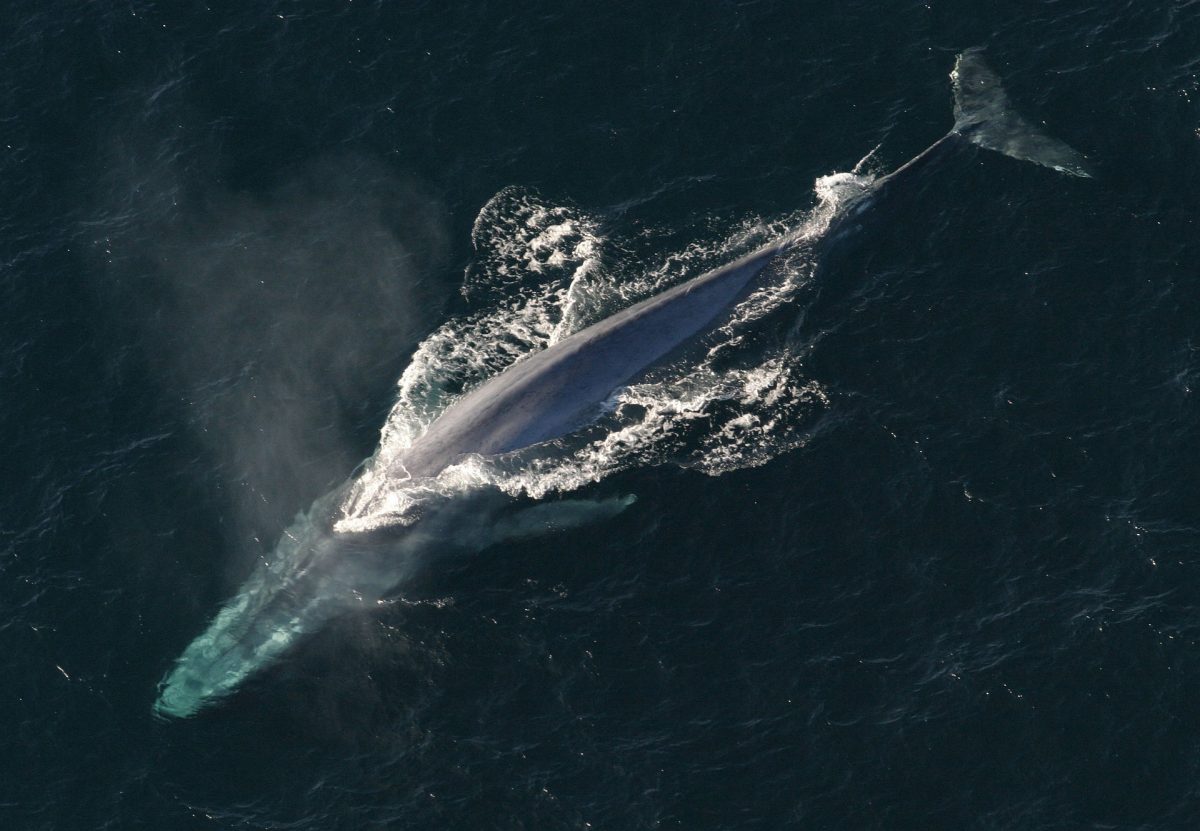
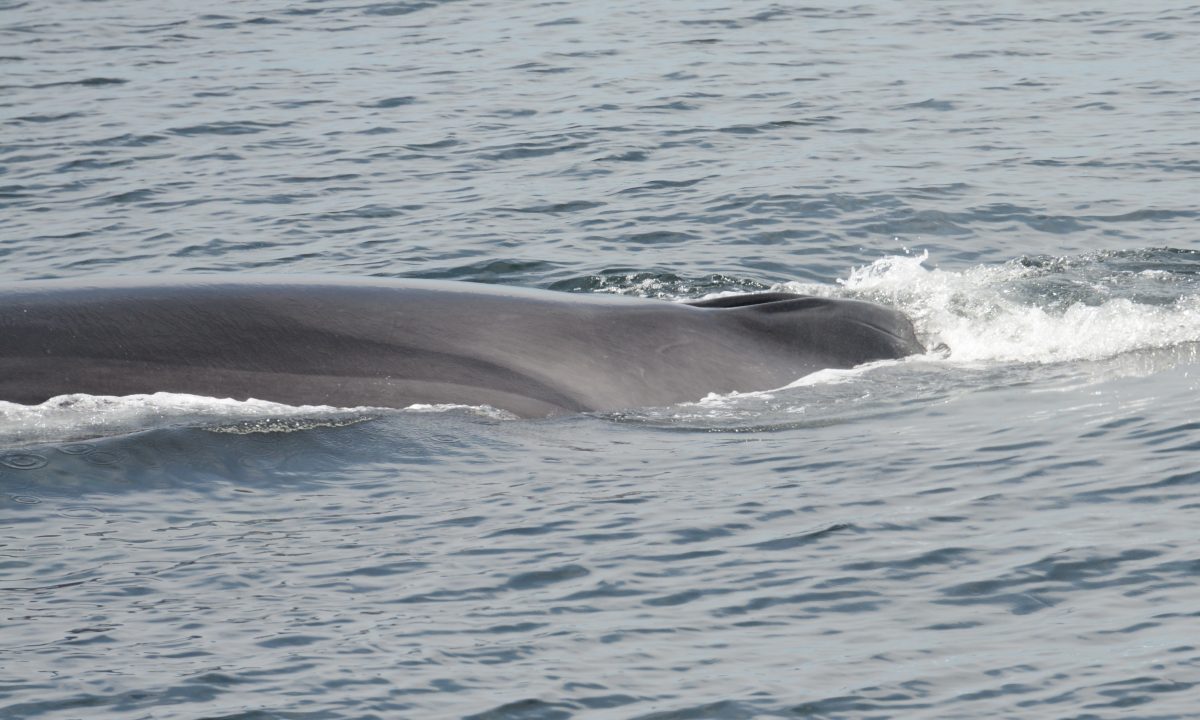
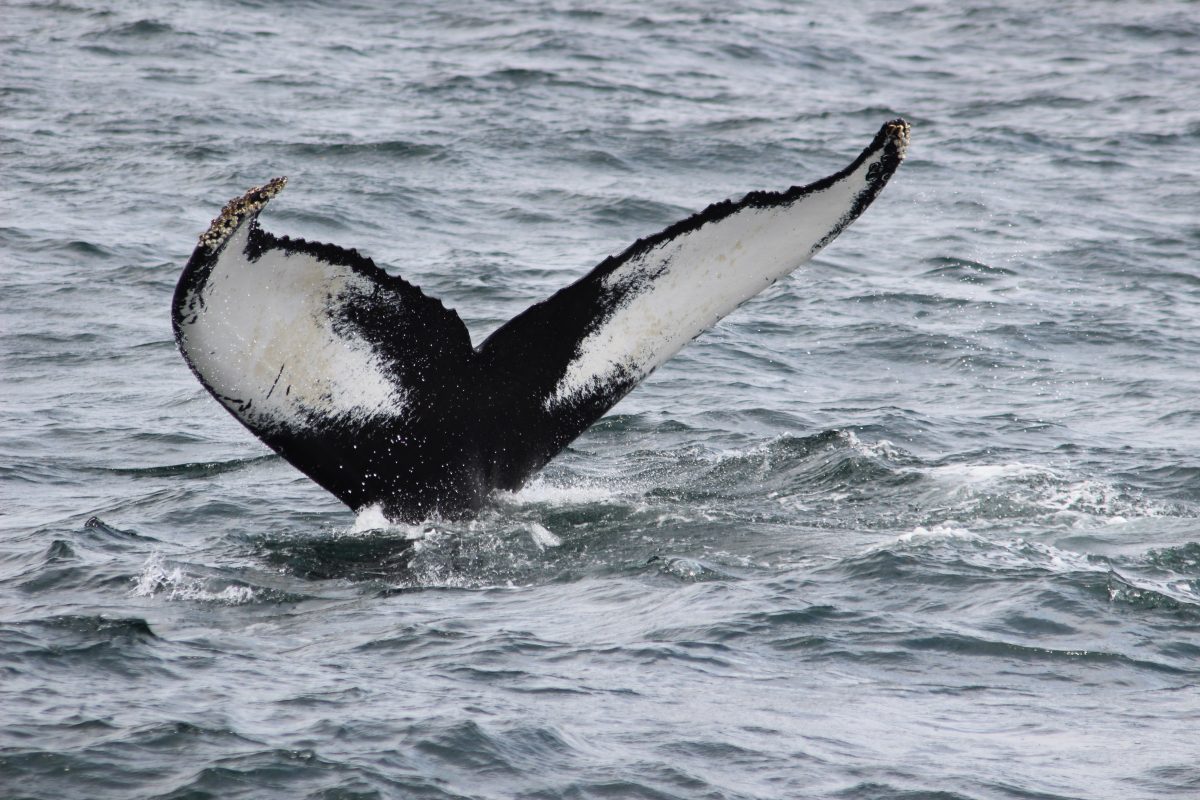
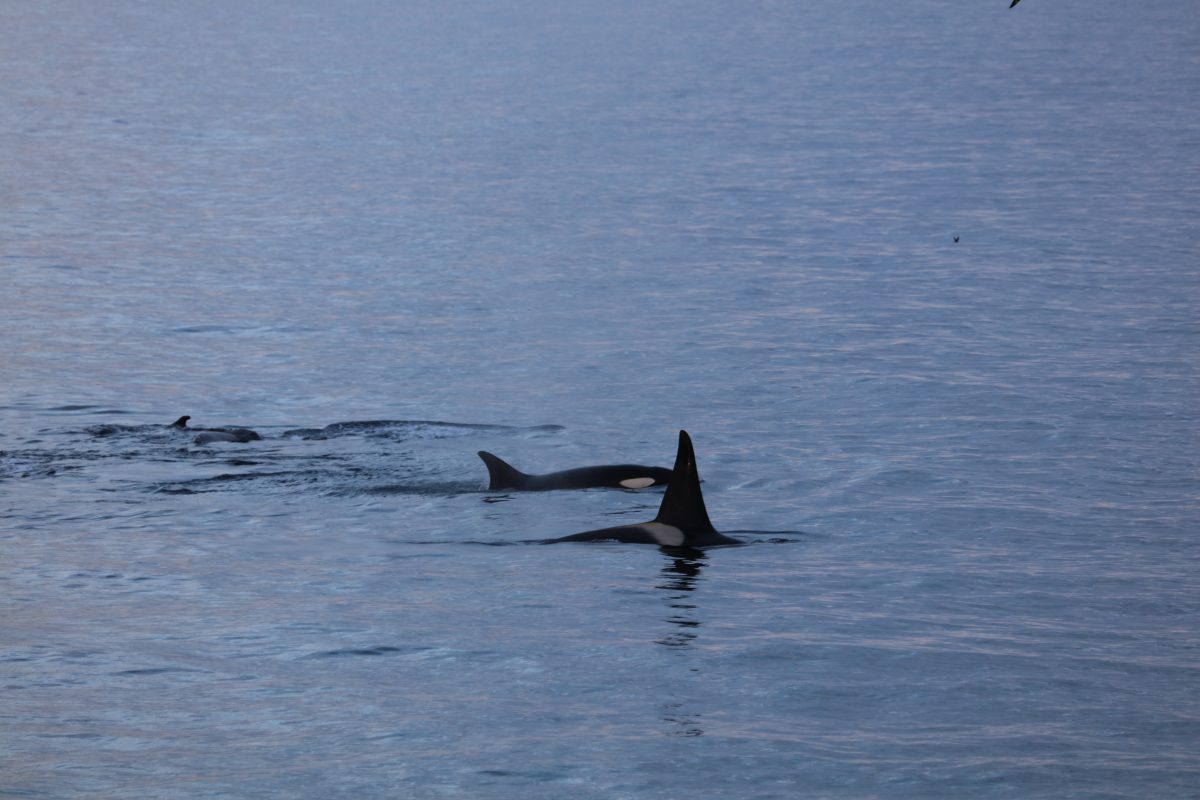
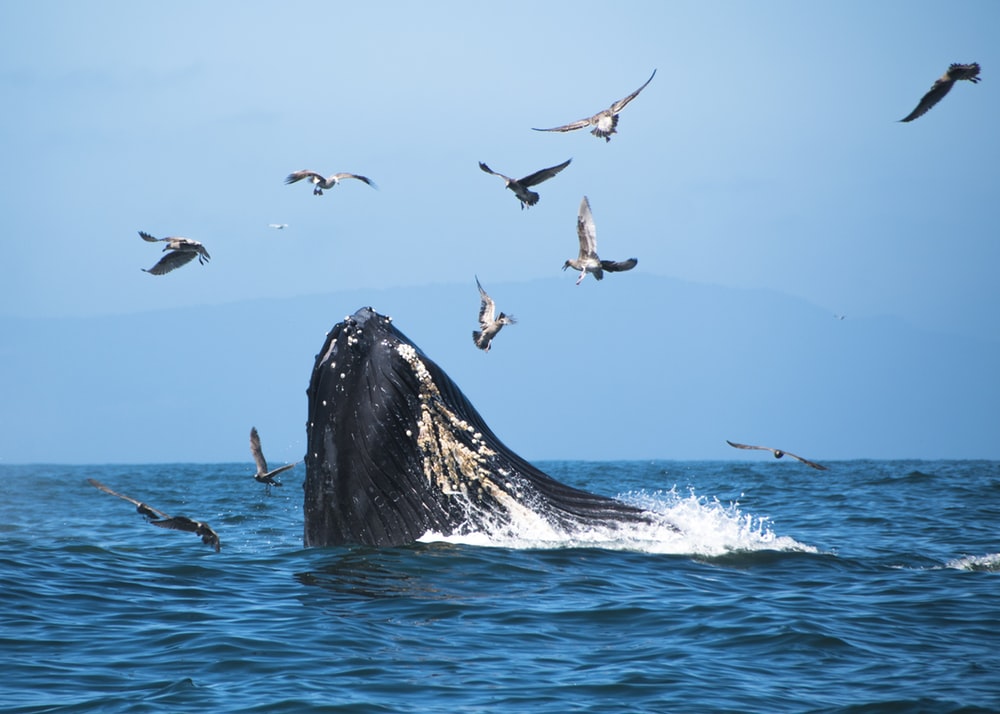
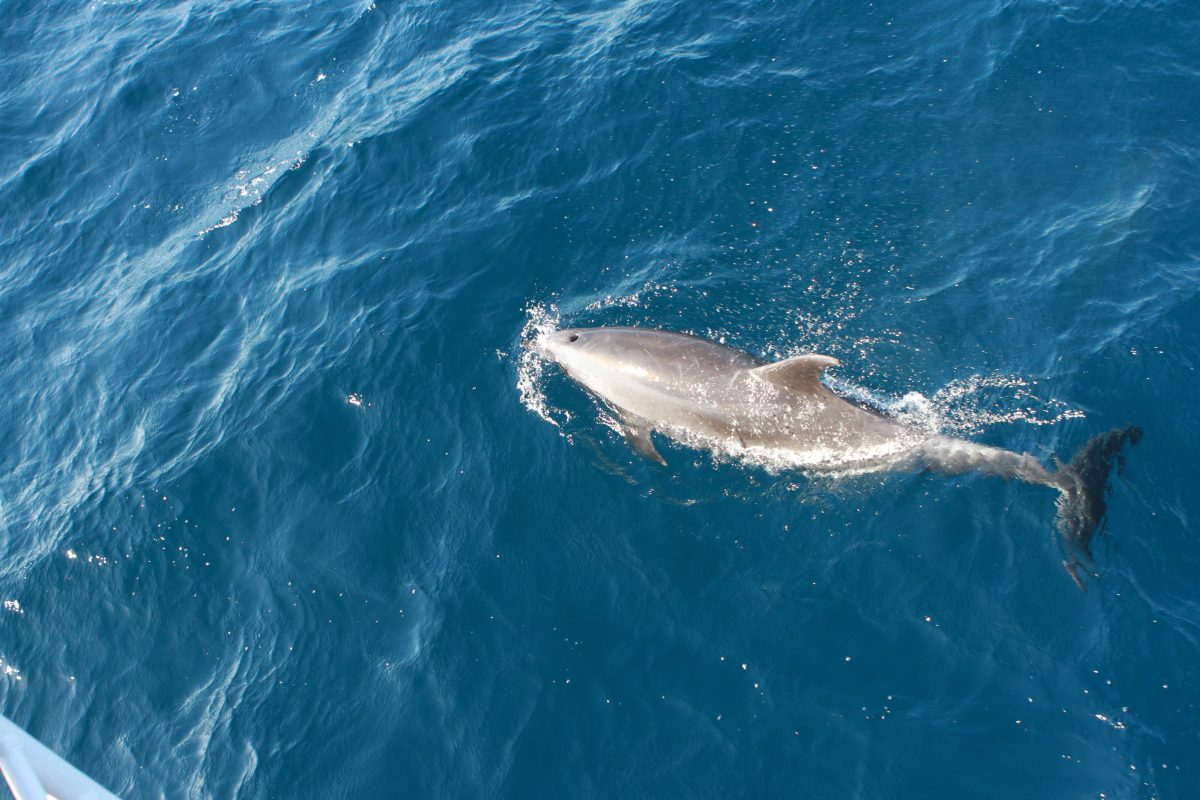
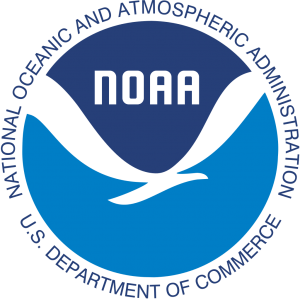
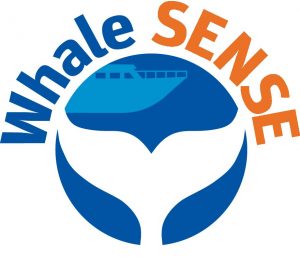
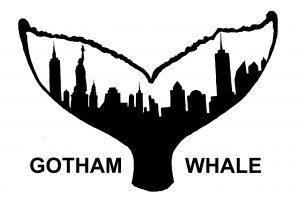

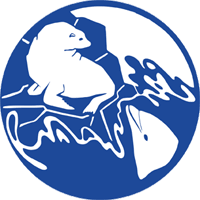

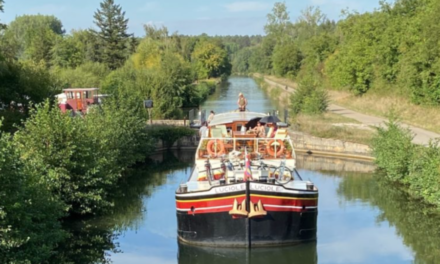
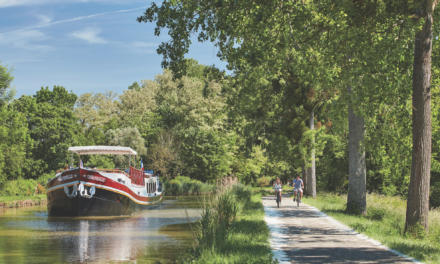









 HEIDI SARNA
HEIDI SARNA












Very informative and interesting read! Thank you
Glad you enjoyed our Whales 101!
Perfect timing for this post! Appreciating the time and effort you put into your website and in-depth information you offer. You’ve really covered up almost all the possible info and the explanation is so helpful. Worth sharing! Please do continue sharing updates! Thanks!
Thank you so much, appreciate your feedback! And pls do subscribe for updates and special offers.